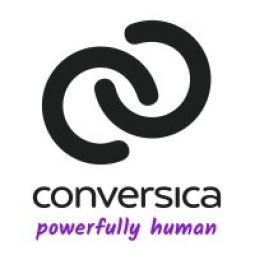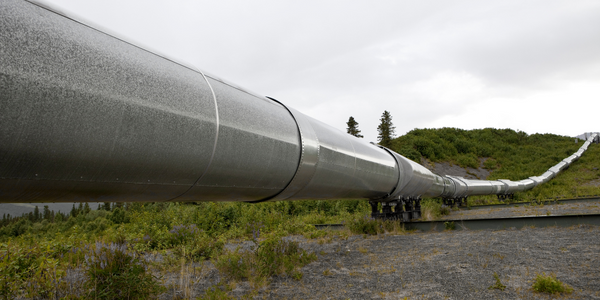Technology Category
- Infrastructure as a Service (IaaS) - Virtual Private Cloud
- Wearables - Virtual Reality Glasses, Headsets & Controllers
Applicable Industries
- Equipment & Machinery
- Oil & Gas
Applicable Functions
- Procurement
- Sales & Marketing
Use Cases
- Intelligent Packaging
- Inventory Management
About The Customer
DocStar Enterprise Content Management (ECM), a division of Epicor Software Management, is a scalable, strategic cloud-based tool that allows business users to manage all of their content securely, from capture to destruction. DocStar specializes in document management, as well as business processes management including accounts payable and sales order automation. They receive about 500 leads per month, mostly inbound leads generated through their website. DocStar was acquired by Epicor in January 2017, and for a while, the two organizations had separate Salesforce instances. However, they decided to merge their Salesforce instance with Epicor in late 2019.
The Challenge
DocStar, a division of Epicor Software Management, specializes in document management and business processes management. They receive about 500 leads per month, mostly inbound leads generated through their website. To manage these leads, they score them based on demographic, firmographic and behavioral data before sending them to the Business Development team for follow-up. However, this method of lead prioritization and follow-up presented challenges. The Business Development Representatives (BDRs) had difficulty meeting their quota for the number of outreach attempts for each lead, especially when lead volume was high. Additionally, the timing of the outreach was often not optimal, being either too early or too late in the customer journey to be of value to the prospect.
The Solution
After witnessing the success of Epicor with the Conversica Sales AI Assistant, DocStar decided to adopt the same solution to drive pipeline and operational efficiency. The adoption of the Intelligent Virtual Assistant (IVA) was done in phases. Phase 1 focused on re-engaging inbound leads, starting with small batches of dormant leads and contacts, and then adding real-time inbound leads. Phase 2 involved a pipeline push for opportunities that were closed/lost in the last year, as well as opportunities that went suddenly dormant. In Phase 3, the DocStar team looked at specific use cases for the Conversica solution including live events and tradeshows. The IVA drove registrations pre-event and followed up post-event to discover hot leads. The Conversica platform was intuitive and straightforward, making it easy to adjust campaigns based on their needs.
Operational Impact
Quantitative Benefit

Case Study missing?
Start adding your own!
Register with your work email and create a new case study profile for your business.
Related Case Studies.

Case Study
Smart Water Filtration Systems
Before working with Ayla Networks, Ozner was already using cloud connectivity to identify and solve water-filtration system malfunctions as well as to monitor filter cartridges for replacements.But, in June 2015, Ozner executives talked with Ayla about how the company might further improve its water systems with IoT technology. They liked what they heard from Ayla, but the executives needed to be sure that Ayla’s Agile IoT Platform provided the security and reliability Ozner required.

Case Study
IoT enabled Fleet Management with MindSphere
In view of growing competition, Gämmerler had a strong need to remain competitive via process optimization, reliability and gentle handling of printed products, even at highest press speeds. In addition, a digitalization initiative also included developing a key differentiation via data-driven services offers.

Case Study
Taking Oil and Gas Exploration to the Next Level
DownUnder GeoSolutions (DUG) wanted to increase computing performance by 5 to 10 times to improve seismic processing. The solution must build on current architecture software investments without sacrificing existing software and scale computing without scaling IT infrastructure costs.

Case Study
Predictive Maintenance for Industrial Chillers
For global leaders in the industrial chiller manufacturing, reliability of the entire production process is of the utmost importance. Chillers are refrigeration systems that produce ice water to provide cooling for a process or industrial application. One of those leaders sought a way to respond to asset performance issues, even before they occur. The intelligence to guarantee maximum reliability of cooling devices is embedded (pre-alarming). A pre-alarming phase means that the cooling device still works, but symptoms may appear, telling manufacturers that a failure is likely to occur in the near future. Chillers who are not internet connected at that moment, provide little insight in this pre-alarming phase.

Case Study
Premium Appliance Producer Innovates with Internet of Everything
Sub-Zero faced the largest product launch in the company’s history:It wanted to launch 60 new products as scheduled while simultaneously opening a new “greenfield” production facility, yet still adhering to stringent quality requirements and manage issues from new supply-chain partners. A the same time, it wanted to increase staff productivity time and collaboration while reducing travel and costs.








